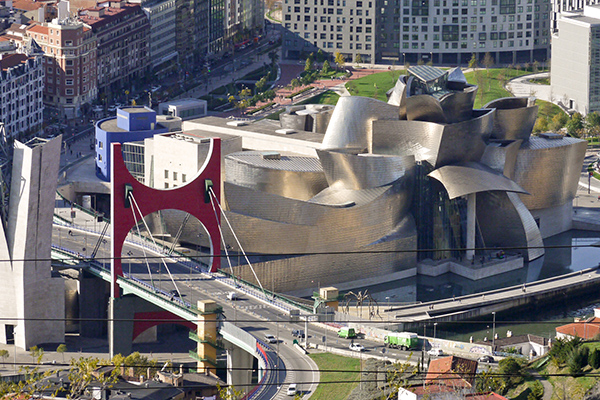Trending
Here’s why unique, distinct buildings are viewed as cash cows
The answer lies in northern Spain

Twenty years ago, a small town in northern Spain underwent a transformation thanks to the opening of a new museum, the Guggenheim Museum Bilbao. Art tourists flocked to the small town, invigorating its local economy and turning it into a global destination — the results of which are now known as the “Bilbao Effect.”
Surface interviewed a series of renowned architects about how the Bilbao Effect changed them, including Zaha Hadid Architects director and senior designer Patrik Schumacher.
“We were well aware that the atmosphere and receptiveness around unusual architecture had really shifted,” he said in a statement to Surface. “Now, a lot of times we hear that we are invited to competitions that are looking for an iconic landmark, which puts the city on the map. So many cities have been trying to do that.”
Designed by Pritzker Prize-winning architect Frank Gehry, the museum opened on Oct. 18, 1997 and, as of January 2016, has generated about $427 million in direct spending over the past two decades while employing almost 6,900 people.
To celebrate its 20th birthday, the museum is free this weekend — just in case you’re in northern Spain and hadn’t heard of Bilbao.
[Surface] — E.K. Hudson




